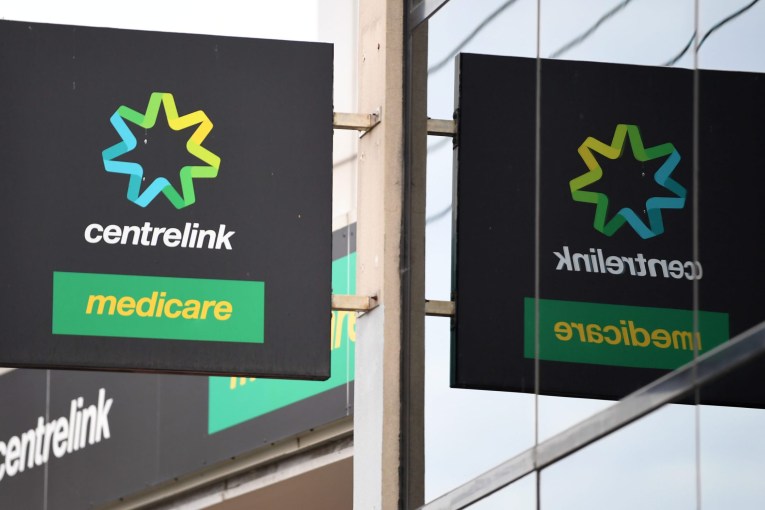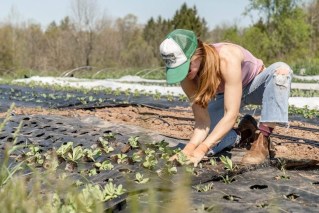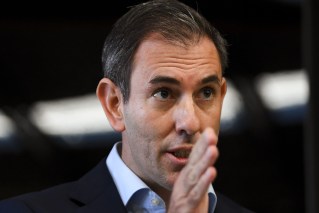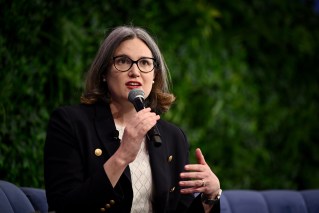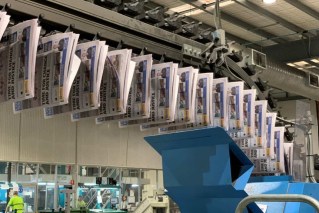Aussie trade surplus breaks $12 billion barrier as economy soldiers on
Australia’s trade surplus ballooned to a record $12.1 billion in July, buoyed by a five per cent increase in exports, specifically iron ore to China.
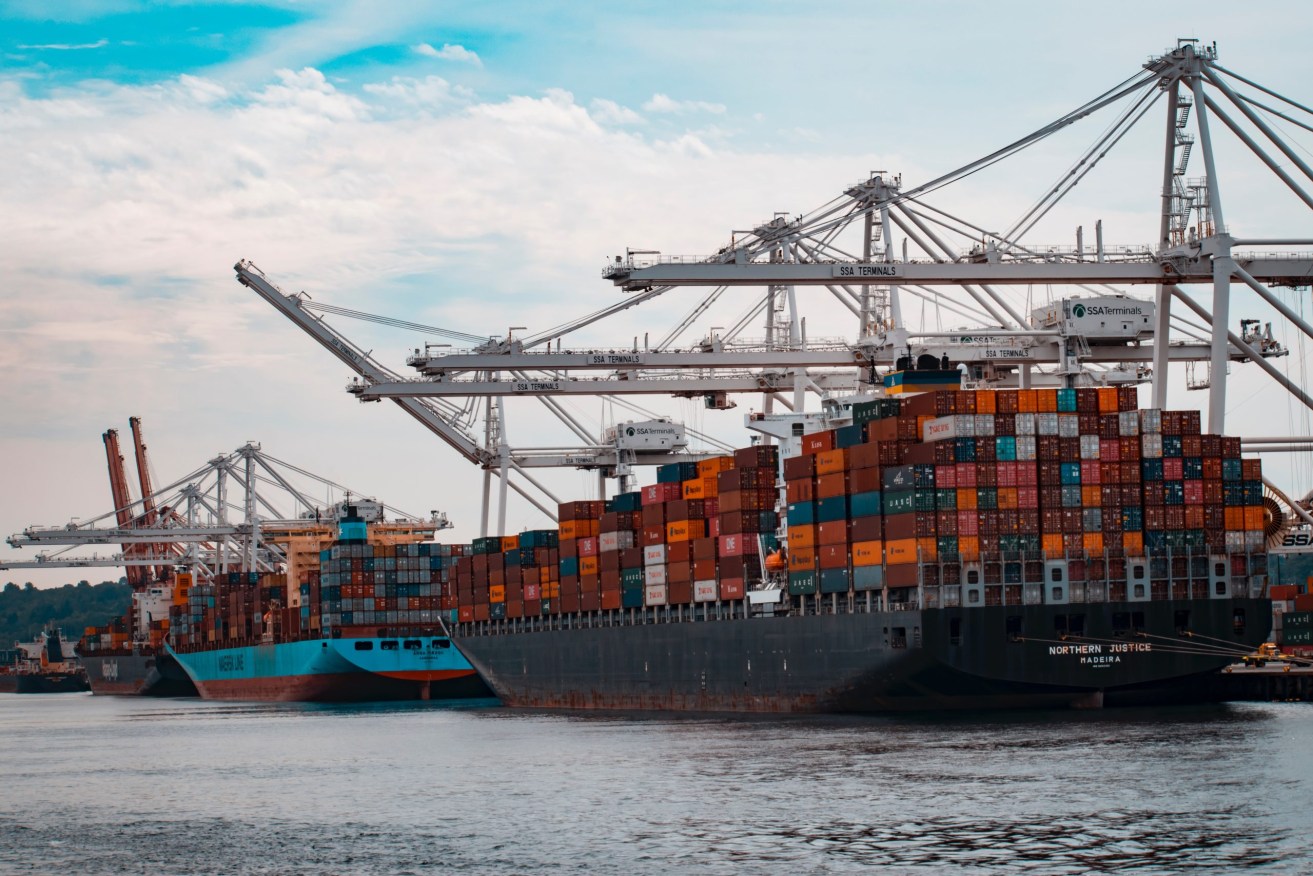
The July result compared to an upwardly revised surplus of $11.1 billion in June, the Australian Bureau of Statistics said on Thursday.
The rise in exports was partly driven by a seven per cent increase in non-rural goods, notably through strong demand for iron ore from China.
Imports were three per cent higher.
At the same time, the ABS said home lending rose by 0.2 per cent in July.
This was the result of loans to investors rising by 1.8 per cent to a huge 98.7 per cent over the year.
Loans to owner-occupiers eased 0.4 per cent, but were still up 58.3 per cent on the year.
“Investor loan commitments have seen an unbroken period of growth since October 2020,” ABS head of finance and wealth Katherine Keenan said.
First homebuyer loans fell 6.8 per cent following a 7.8 per cent decline in June and have now fallen 20 per cent since January 2021.
“First home buyer lending fell across all states and territories, with the largest fall seen in Victoria, followed by Queensland and New South Wales,” Keenan said.
“While these falls were still tied to the unwinding of strength in construction lending post-HomeBuilder, the decline in first home buyer loan commitments now appears more widespread.”
Meanwhile, economists are not as confident as Treasurer Josh Frydenberg that the economy will bounce back strongly as occurred after last year’s recession following an expected downturn in the September quarter.
Wednesday’s national accounts showed the economy grew by 0.7 per cent in the June quarter, slower than the revised 1.9 per cent expansion in the March quarter, but stronger than financial market expectations.
“Yesterday’s numbers were a solid result,” Frydenberg told ABC radio on Thursday.
But he expects the economy will contract from the full impact of COVID-19 lockdowns in NSW and Victoria in the September quarter, with Treasury estimating a downturn of at least two per cent.
However, the treasurer is banking on strong economy activity once vaccination rates hit 70 and 80 per cent and restrictions are eased.
RBC Capital Markets chief economist Su-Lin Ong is expecting a larger contraction in the September quarter of three per cent and a slower recovery.
“The odds are we are never going back to zero-type cases, there are likely to be restrictions of some sort well into probably late this year and even into early next year,” Ong told an S&P Global Ratings online panel discussion.
“That is going to temper activity. I don’t think we are going back to the type of world we were in prior to Delta.
HSBC chief economist Paul Bloxham has a similar view.
“We had ‘V’ shaped recoveries last year because we got back to zero cases and we reopened,” he said.
“This time round we think the recovery is going to be much, much more gradual.”
However, they both thought there would be a positive growth result in the December quarter, avoiding a technical recession of two consecutive negative quarters, but only partially recovering from the September quarter dive in activity.
